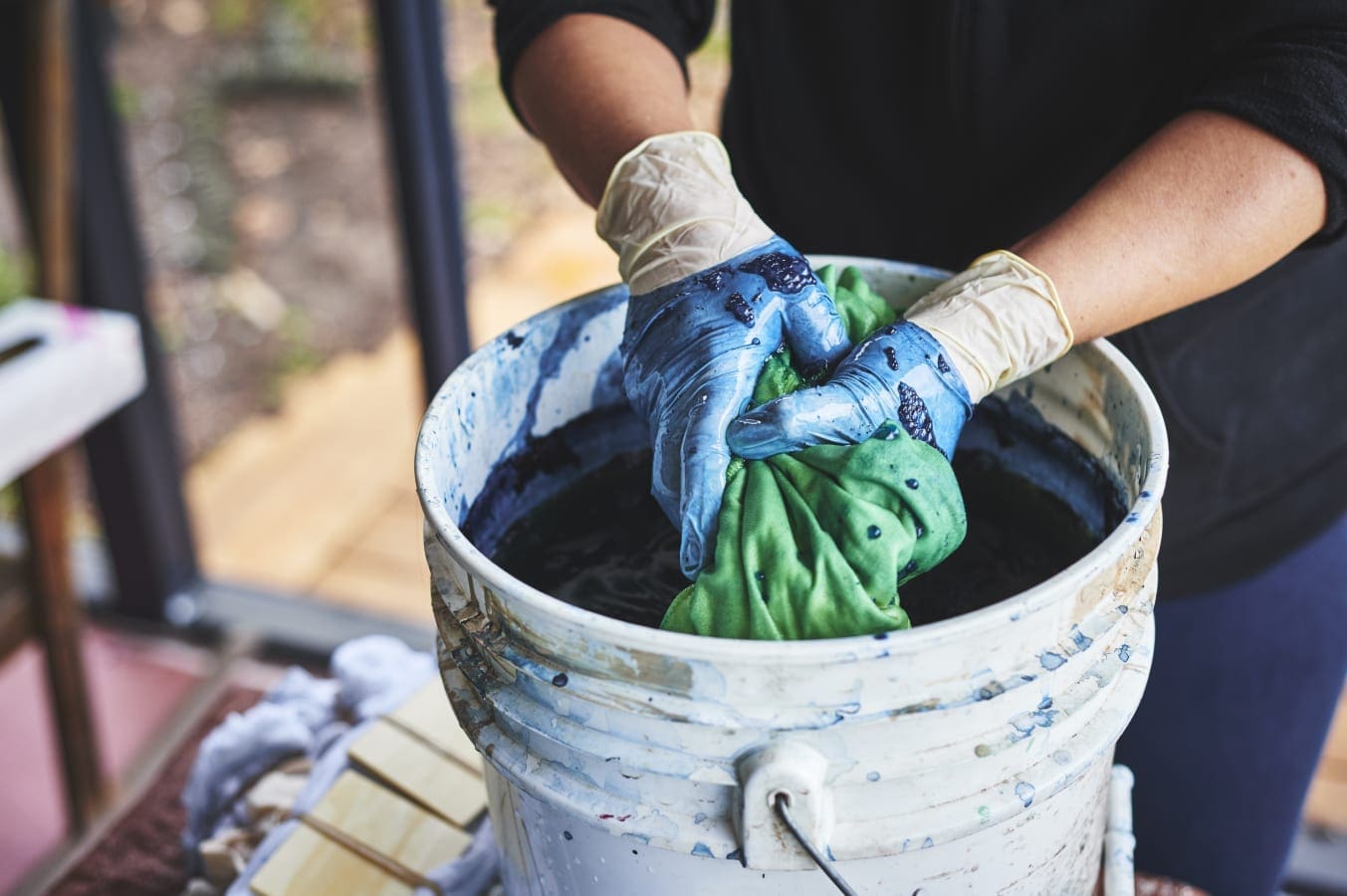With recycled and sustainable materials gaining momentum, Brooke Roberts-Islam looks into the impact of toxic chemicals on the circularity in the fashion industry, as well as some of the new innovative solutions.
As the fashion industry pushes towards identifying and implementing sustainable material solutions, scalable recycling and circular design, there is one rarely addressed limiting factor that threatens its progress – the continued use of toxic chemicals. It is sometimes assumed that all textile waste is suitable for some form of recycling, but the reality is that if textiles contain toxic chemicals, their potential for safe recycling and circularity is at best restricted, and at worst impossible.
Delving into the mechanics of this, it’s important to note that back in 2011, Greenpeace published some research on the status of global wastewater and the impact of the textile industry, which lead to the Detox Campaign. Additional research by the World Bank declared that “textile mills generate 17 to 20% of the world’s industrial water pollution.” In addition to this, it was revealed that “72 toxic chemicals have been identified in water solely from textile dyeing, 30 of which cannot be removed.” It is thought that the rapid expansion of mass garment manufacturing and the fragmented supply chain for both mass-market and luxury goods (which remains opaque and confusing) are key factors. Many brands and retailers have not historically monitored the chemicals used in textile dyeing and finishing (including waterproofing, stain-resistance, anti-wrinkle and other final processes used in modern textiles) and the revelations of Greenpeace led to an initiative by 19 brands to agree to operate under a restricted chemicals list.
This list highlights chemicals that are potentially toxic, or toxic and perpetual – meaning they can cause disease or illness, are impossible to break down into non-toxic forms, or cannot be removed from wastewater. This is where we begin to see the link between certain materials not being fit for recycling, as the presence of toxic and/or perpetual chemicals means that they are not safe to process into new recycled materials as these chemicals will remain. These textiles are also not safe to incinerate or dump into landfill. So what is the solution?
Well, the solution is to remove these chemicals entirely and replace them with non-toxic alternatives. But what is stopping this from being actioned immediately? A number of things, including the myriad of international chemical manufacturers, the lack of a single global mandatory regulation, the poor understanding of chemical toxicity (in some cases) and perhaps even the pressure to produce huge volumes of cheap materials quickly to meet the demands of mass production. In a more practical sense, the tracing and checking of chemicals contained in formulations for dyeing and finishing have been largely manual, which also introduces human error.
There are, however, some initiatives that are starting to turn the tide on toxic chemicals and these are part of a global shift towards the use of Cradle to Cradle (C2C) and circular design. This is considered the gold standard in sustainable design because it addresses chemical usage before the product has even been designed, as opposed to the current system of testing the chemical profile of a garment after it has been manufactured – sometimes even after it has been exported from the country of manufacture.
The key initiative providing a blueprint for safe and non-toxic chemical use is the Manufacturers Restricted Substance List (MRSL). This list was devised by the Zero Discharge of Hazardous Chemicals (ZDHC) programme; a coalition of fashion brands, value chain affiliates and associates working with global textile, leather, apparel and footwear manufacturers to substitute hazardous chemicals for safer ones in the production process.
The MRSL list, although a complete guideline for safe chemical use, is laden with complex chemical names and is not easy to interpret without a solid grasp of chemistry. A company called GoBlu, whose co-founders have decades of experience working in the mass manufacturing sector, have created the BHive app that uses image recognition to cross-check photos of chemical container ingredients with the MRSL list to flag any restricted substances, reducing the need for chemical expertise and reducing the risk of human error. Currently, brands, manufacturers and chemical providers are using the app, along with certification providers including GOTS and Oeko-tex, so that certifications can be cross-checked at the same time. 


